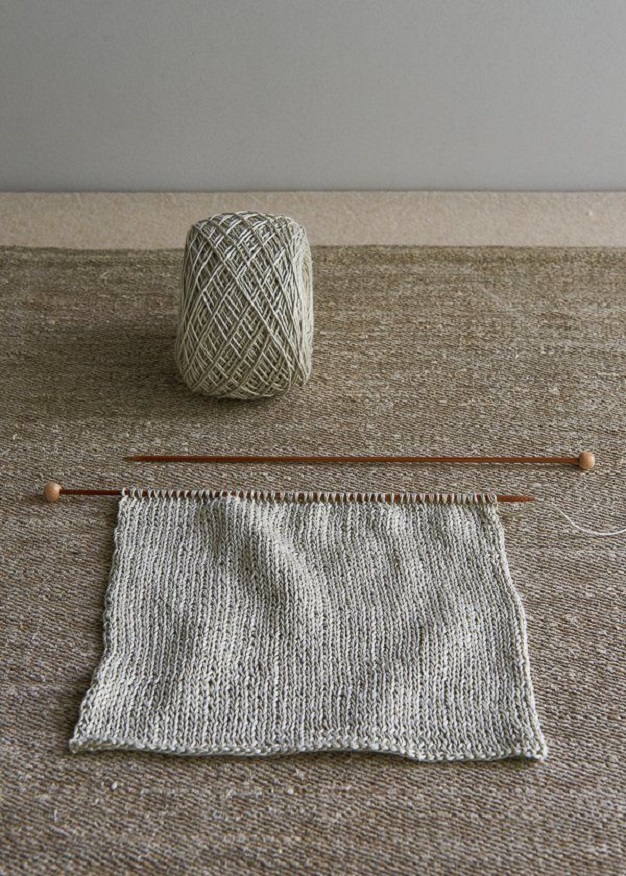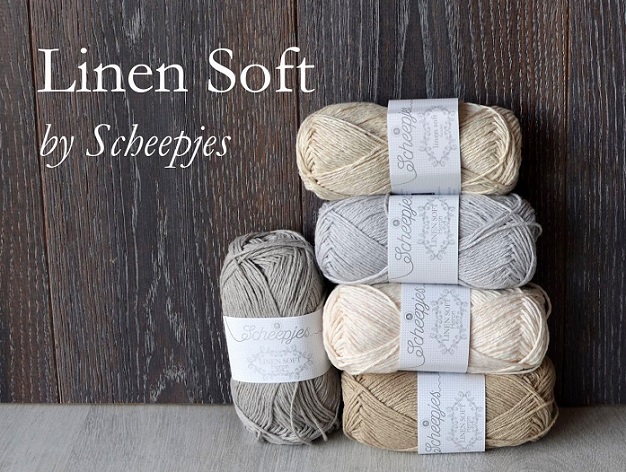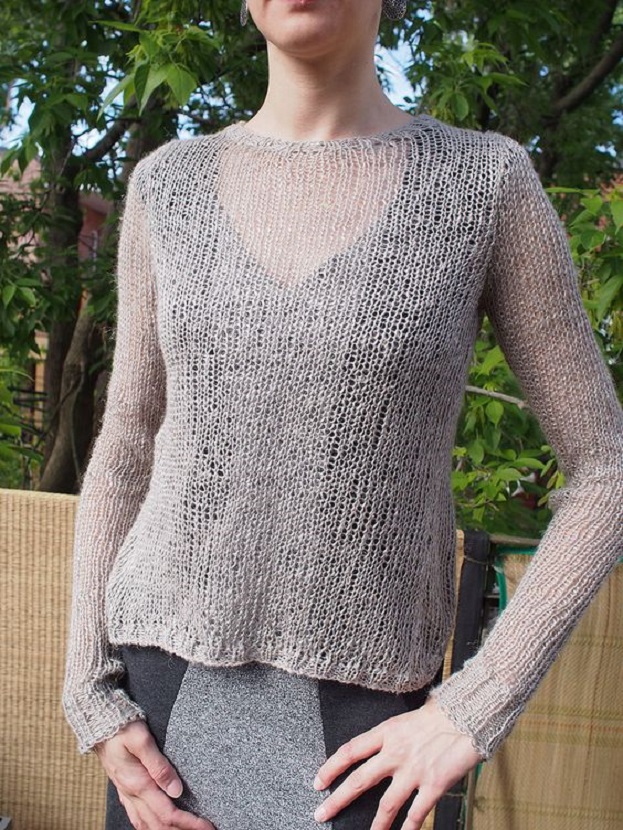Important Things to Know Before Knitting with Linen Yarn
Many people love to use cotton yarn for knitting projects and for a good reason too: cotton is soft, washable, durable and it breaths. But did you know that you can use knitting linen yarn as well? Linen yarn offers the same benefits as cotton. It’s cool, lightweight, has a great stitch structure that drapes well and it is very sheer. The light structure of linen yarn makes it perfect for knitting warm weather wearables. Plus, projects made with linen yarn are very durable. This explains why this natural fibre has been used for centuries. But before you start knitting with this yarn, there are some important things you should know about it.

Source: Pinterest
What is Linen Yarn?
It is a durable fibre from the flax plant. It is made by extracting the long cellulose fibres from the centre of the plant. Once harvested, this is one of the most laborious yarns production-wise. It is known to be three times stronger than cotton and it’s second in strength right after silk. Due to its absorbency and drape, knitting linen yarn is perfect for light garments for spring and summer. The natural wax coating of this yarn provides a lovely sheen to completed projects. Another great thing about this yarn is that it is anti-fungal and antibacterial.
Flax Yarn vs Linen Yarn: What is the Difference?
There is no difference between flax or linen – flax is the name of the plant and linen is the name of the fibre produced by the plant. So whether you read flax yarn or linen yarn, both terms refer to the same product.
Wet Spun Linen – What is it?
Natural linen can be spun in three different ways: wet spun, semi-wet spun, or dry spun. Wet spun is generally used on the finest-longest linen fibres while semi-wet and dry spun are methods used to create short fibre length yarns. A linen yarn produced with long length fibre would be extremely smooth, while linen produced with short fibre would have a more rustic feeling and thicker finish.

Source: Lillabjorncrochet
How to Soften Linen Yarn and Make it Less Stiff?
100% linen knitting yarns will have a stiffness to them. While knitting with it, you might feel that it’s not going to be very soft against the skin. However, after you’ve washed it, linen will start to soften and provide soft yet crisp stitches that feel cool and refreshing against the skin – just what you want from a warm-weather garment!
How to Wash Linen Knits?
There are two ways to wash linen knits – hand or machine washing. When working with a linen blend yarn, make sure to check the yarn label for care instructions.
- Handwashing – Fill a small tub or sink with warm water and add a small amount of detergent meant for knitted garments. Squeeze gently and don’t twist or wring the garment. To remove excess water, wrap the garment in a towel and squeeze. Lay flat to dry.
- Machine Washing – When it gets wet, linen gets stronger and able to withstand the cycles of a washing machine. In fact, a lot of knitters find that machine washing softens and improves the drape. Wash your garment as you’d normally wash coloured garments. Place it in the dryer on regular heat. Remove the garment while it ‘s still a little damp and lay it flat for the remainder of the drying process.
How to Block Linen Yarn?
If you ask expert knitters, they will tell you that linen doesn’t need to be blocked the way wool or blend yarns do. When blocking linen using an iron, be sure not to let the iron touch the stitches. This is not because linen can’t handle the heat, it is to avoid flattening the stitches. Laying the garment flat to dry should be enough to block the linen. If you decide to go with the traditional method using a blocking board and a pin, make sure you do wet blocking.

Source: Pinterest
What Makes Linen Yarn Good For Summer Garments?
Linen is arguably the best thing to wear when you want to feel cool in hot weather. Being natural thermo-regulating, linen keeps you cool by absorbing moisture and wicking it away from the body. If you like to knit sitting by a poolside or at the beach, having linen knit on your lap will keep you much cooler than having wool knit. Open, lightweight and airy, you can wear linen directly against the skin or layer it over a tank or a tee.
How to Knit With Linen Yarn?
You will discover that knitting with linen is completely different than working with wool. That is because linen is inelastic. It doesn’t have the same bounce that you find with wool or a wool blend. But that doesn’t mean it is awful to work with it; it just means you’ll need to adjust your expectations and know that it’s not going to act like wool.
What to Knit With Linen Yarn?
Linen is perfect for garments that require a lot of draping, like flowy summer tops, tunics, and shawls. Expect garments knitted with this yarn to be very durable and to become softer, more draping and shinier with washing.



